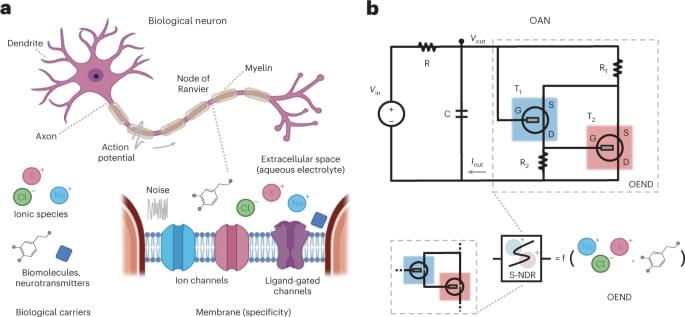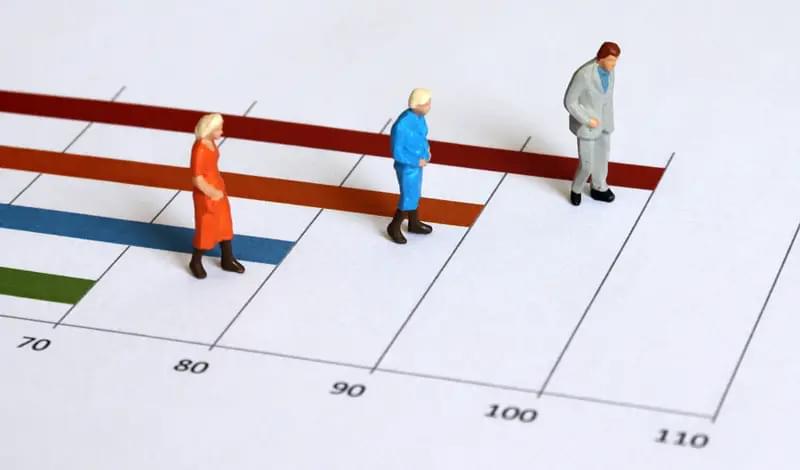Researchers at Harvard University, the Lawrence Berkeley National Laboratory, Arizona State University, and other institutes in the United States have recently observed an antiferromagnetic metal phase in electron-doped NdNiO3 a material known to be a non-collinear antiferromagnet (i.e., exhibiting an onset of antiferromagnetic ordering that is concomitant with a transition into an insulating state).
“Previous works on the rare-earth nickelates (RNiO3) have found them to host a rather exotic phase of magnetism known as a ‘noncollinear antiferromagnet,’” Qi Song, Spencer Doyle, Luca Moreschini and Julia A. Mundy, Four of the researchers who carried out the study, told Phys.org.
“This type of magnet has unique potential applications in the field of spintronics, yet rare-earth nickelates famously change spontaneously from being metallic to insulating at the exact same temperature that this noncollinear antiferromagnet phase turns on. We wanted to see if we could somehow modify one of these materials in a way so that it remained metallic, but still had this interesting magnetic phase.”








